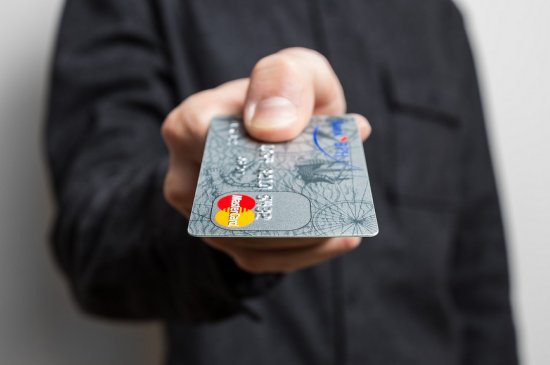
Image by CafeCredit.com via Flickr
Successfully going through with a bankruptcy filing is an accomplishment. It can be life-changing for those who recognize that they are stuck with overwhelming debt and decide to do something about it. But to make the most of your fresh financial start, you must rebuild your credit score and then protect it. That means being responsible with credit and debt.
Credit Card Debt on the Rise
The Federal Reserve has been tracking consumer debt since the 1940s and as of November 2017, revolving credit (mostly made of credit cards), reached $1.022 trillion, and of that, according to Nerd Wallet, $905 billion was credit card debt. This is the highest level of credit card debt ever, even higher than just before the Great Recession.
There are lots of reasons for higher credit card debt. It typically rises along with consumer confidence and a healthy economy. Spending boosts and benefits the economy, but on a personal level, if your credit card debt gets out of control, it can wreck your credit rating and waste the fresh start that you got with your bankruptcy filing.
Protect Your Credit Score
When you first file for bankruptcy, your credit score will drop. Generally, the lower your score, the smaller the hit will be. On the flip side, if you’re in excessive debt you can’t afford, your credit score is probably dropping every month anyway. After bankruptcy, it’s time to focus on improving your credit and making sure it stays in good shape.
Here are some tips for using credit cards wisely to improve your credit and protect your score.
1 – Use your cards regularly
You can’t just shove credit cards into the back of your wallet or desk drawer and never use them. If there is no card activity, your issuer might cancel your card. A good strategy to achieve activity to keep the accounts open is to use them regularly for things you must have.
Set up recurring charges on your cards that you must pay anyway. For instance, your Netflix could go on one card and your cell bill on another. If you charge necessities that you pay anyway, it helps get the activity you need without going into debt you don’t need.
2 – Ask for credit line increases
One of the factors in your credit score is utilization. This is the percentage of your total credit lines that you’re using. The higher your credit limits and the lower your balances, the better your score. It pays to have higher credit limits in case you must ever carry a balance.
Sometimes card issuers will give you credit line increases, but often you must ask for them. Some card issuers have automatic request buttons on their websites, but for others, you’ll have to call and ask. It’s worth the time and effort to give yourself a cushion.
3 – Pay before your statement cuts
Paying your balances in full each month will protect your score and keep you from paying interest. To avoid interest, know the policies of your card issuer. Some won’t charge interest until after your statement cuts, but before the payment is due.
With most cards, if you pay online on your card issuer’s site before the statement date, you should avoid interest so long as you pay the balances in full. If you must ever carry a balance, pay it down (or off) as soon as you can.
Rebuilding your credit score after bankruptcy is a process. You should get started as soon as you have your bankruptcy discharge. To find out how to re-establish your credit after bankruptcy, check out Credit Score Keys.
Resources:
Federal Reserve stats
Nerd Wallet data
